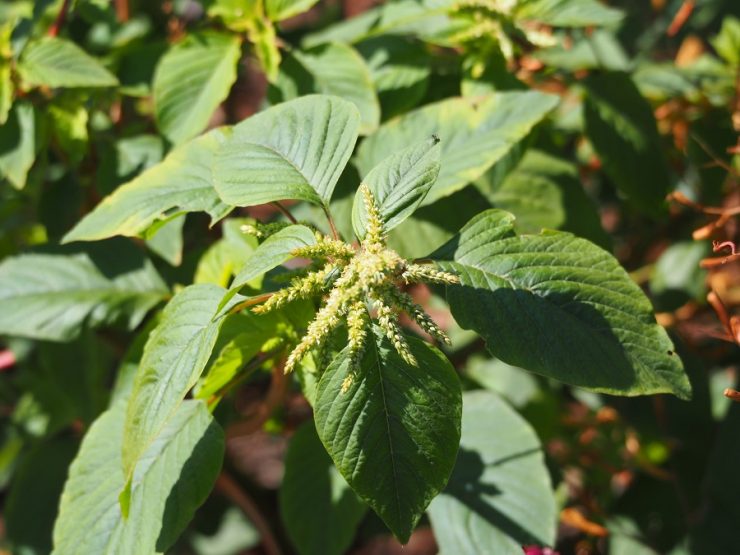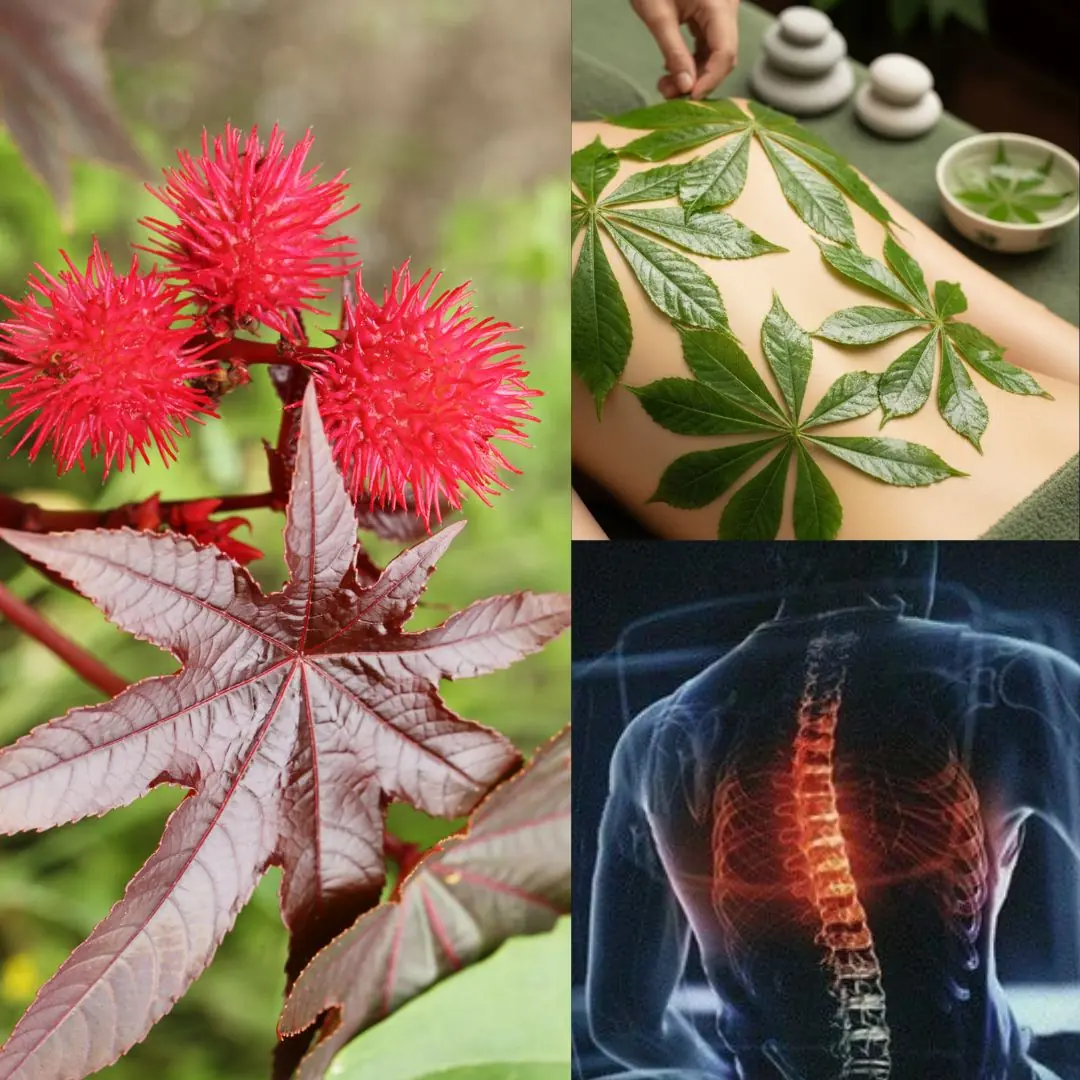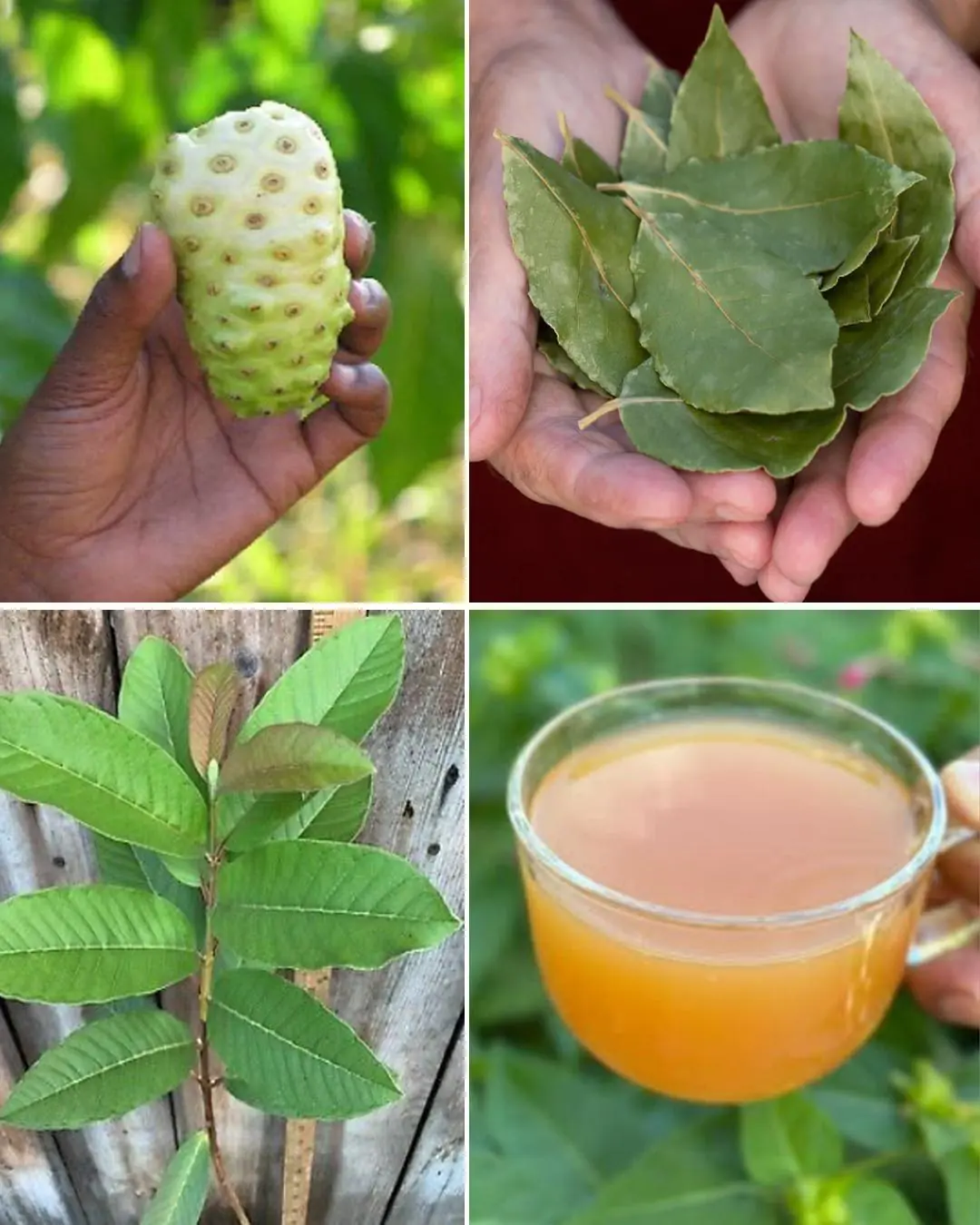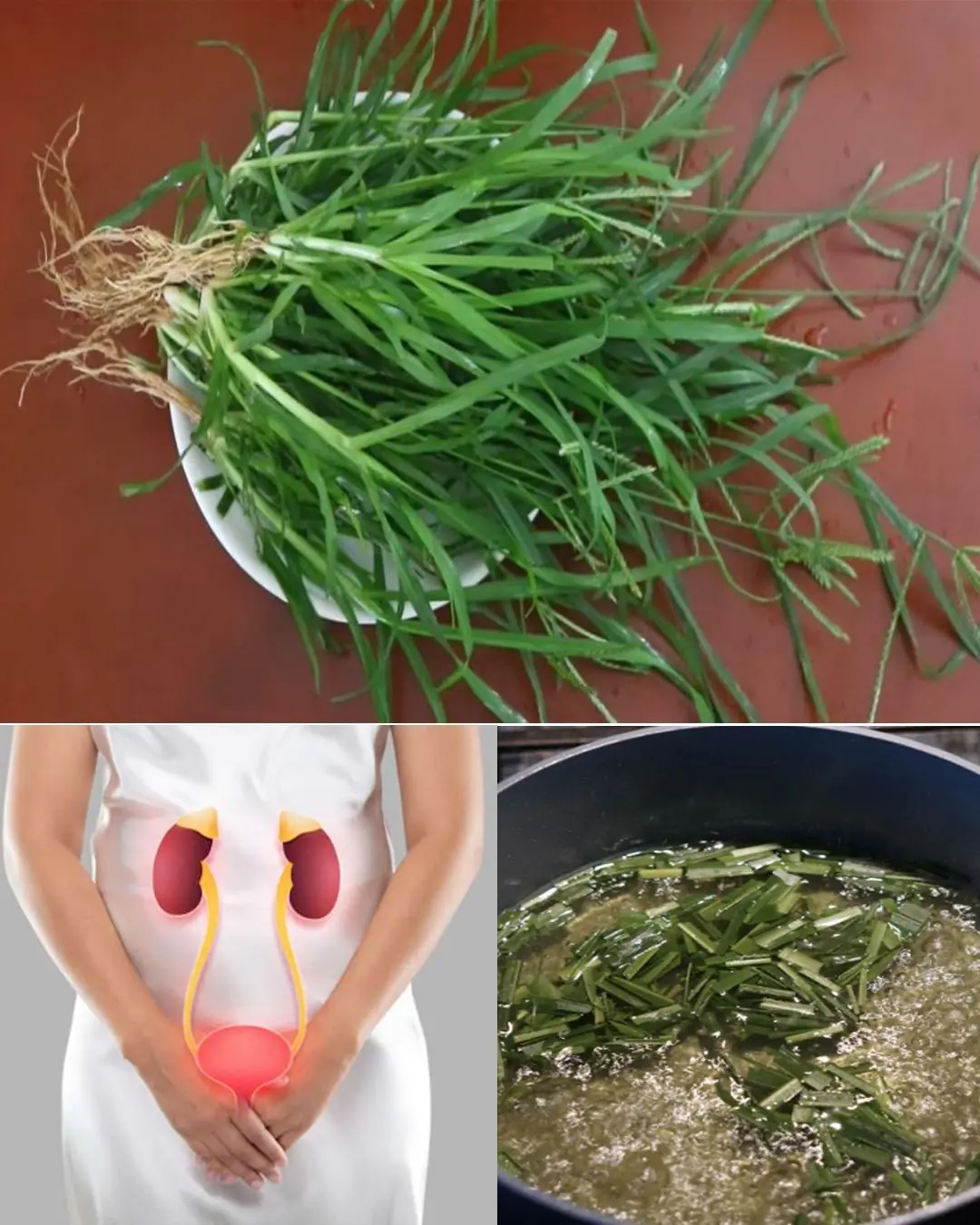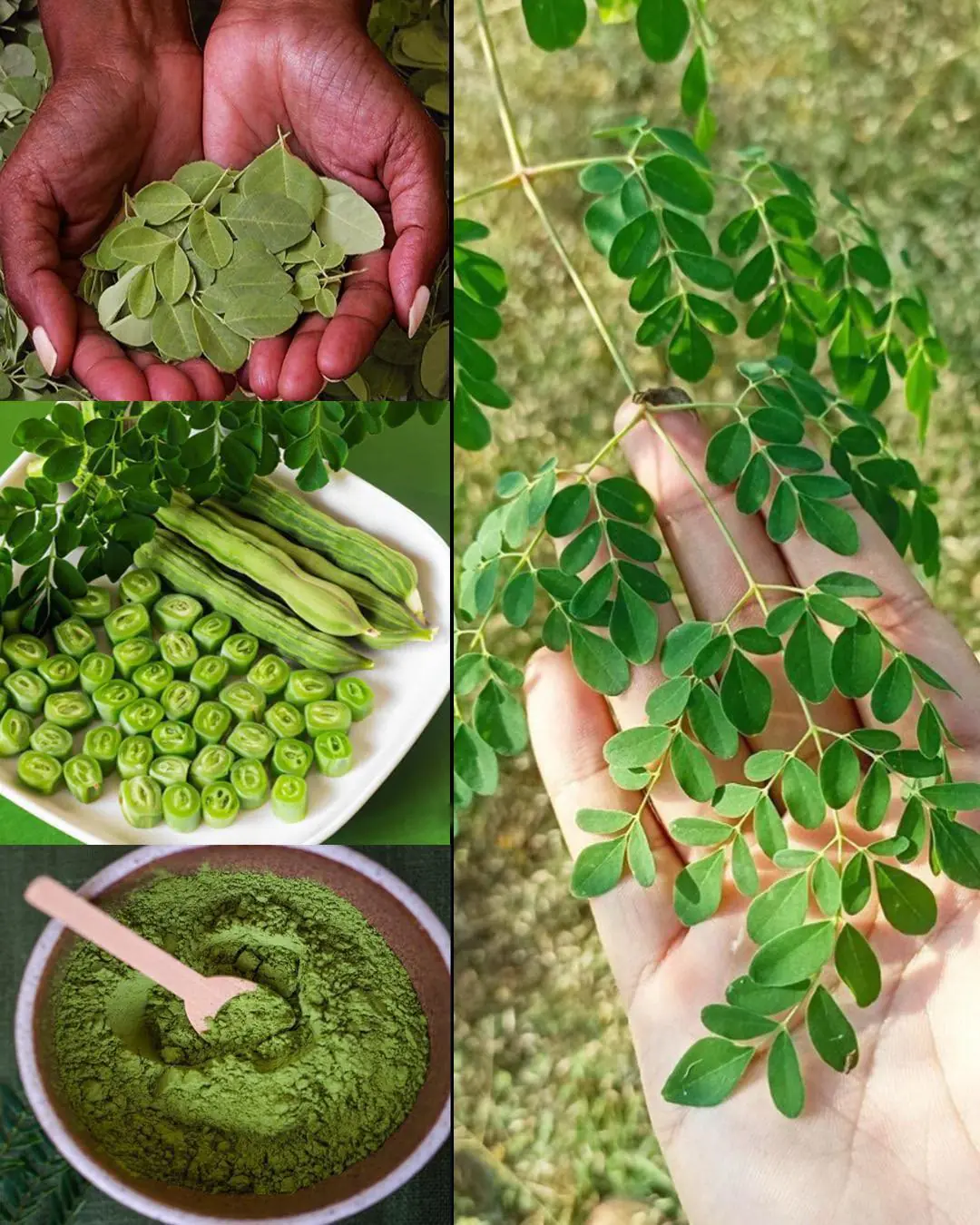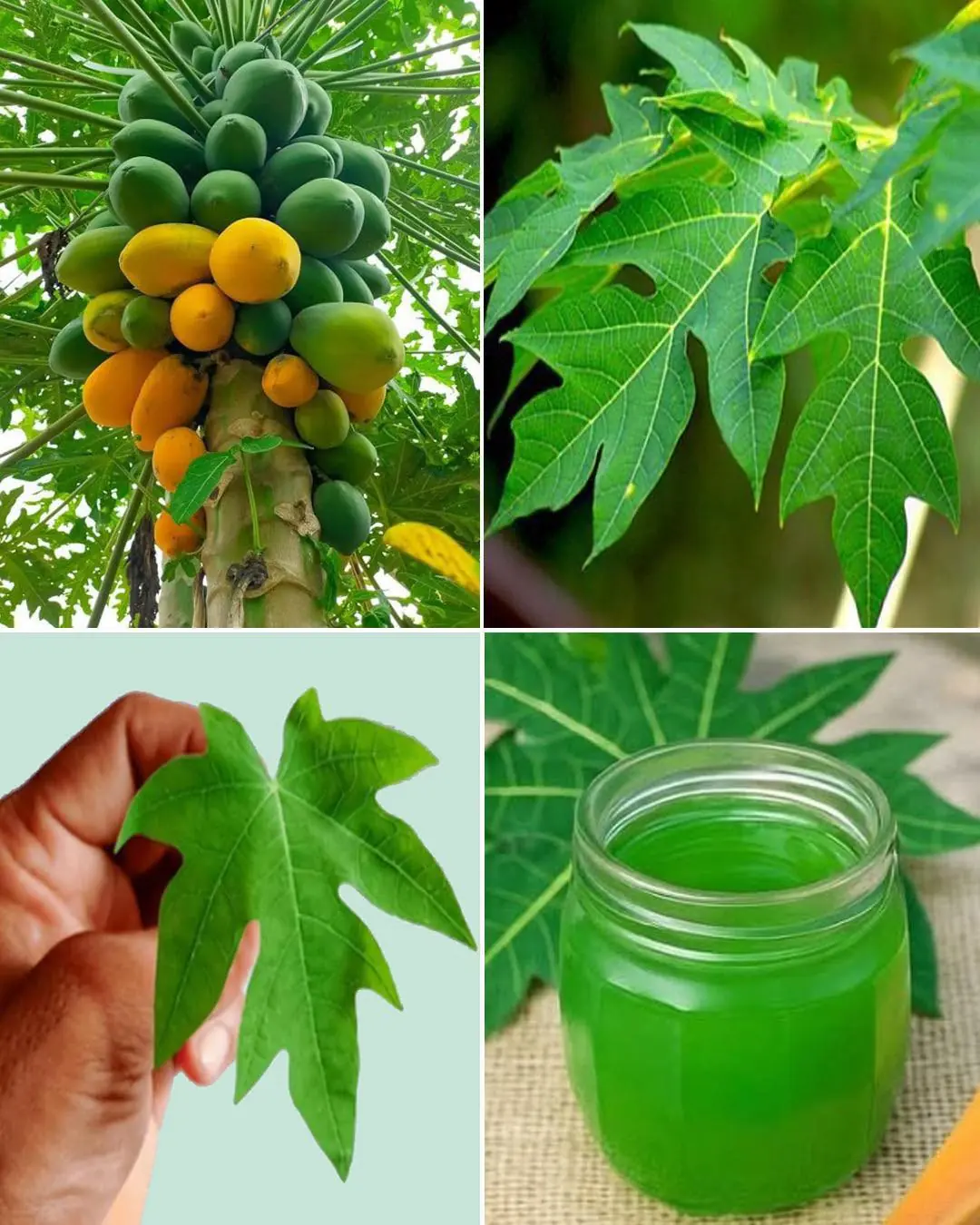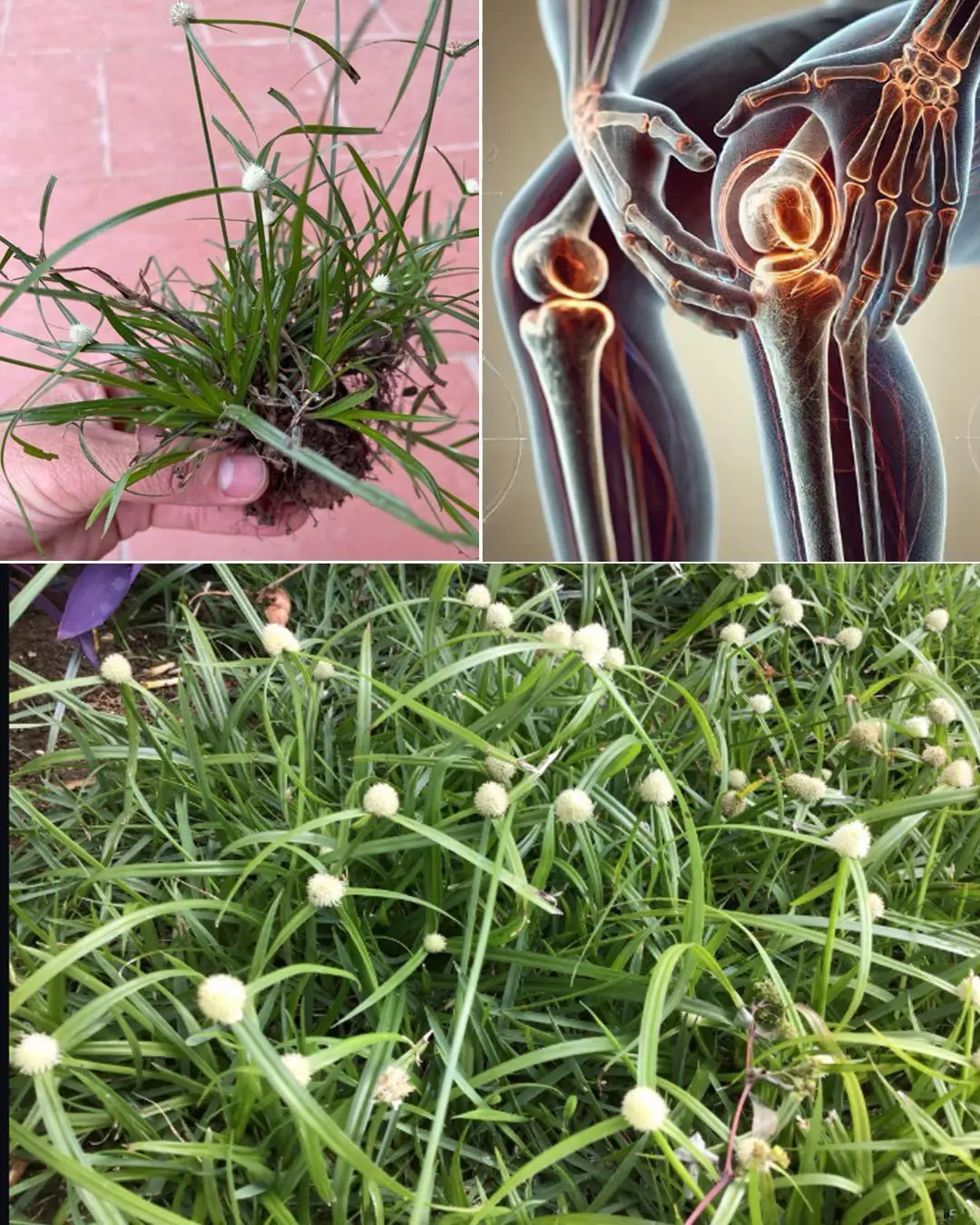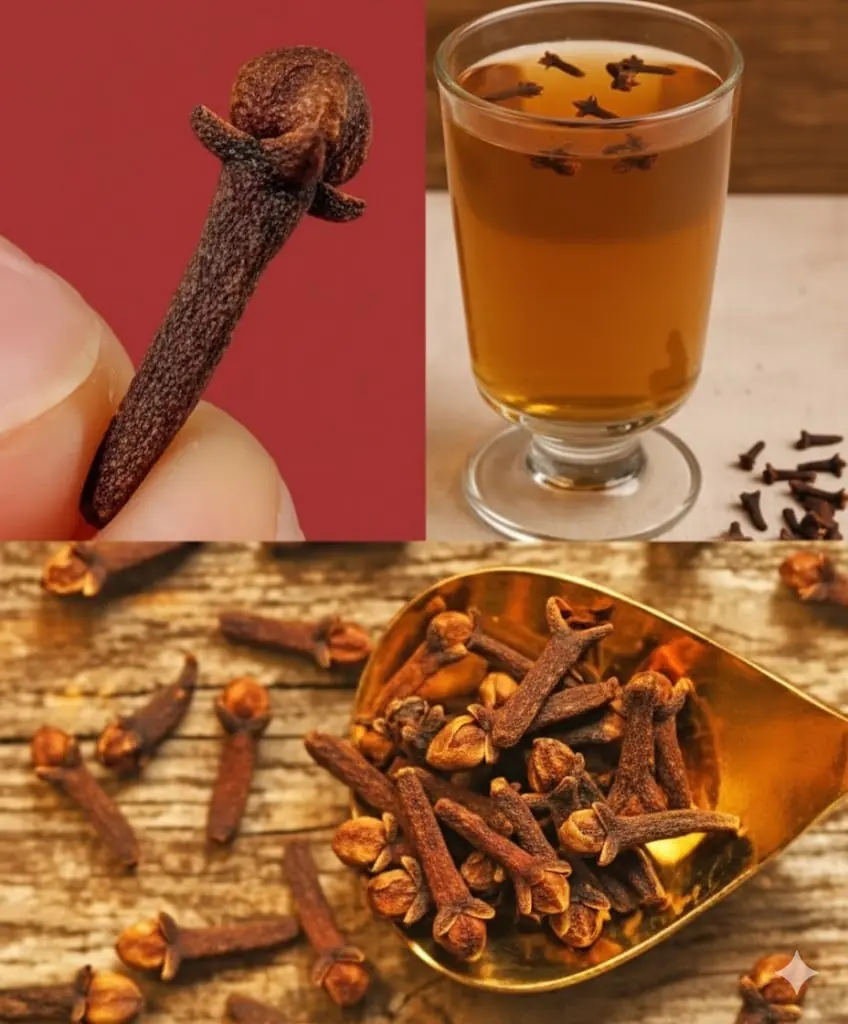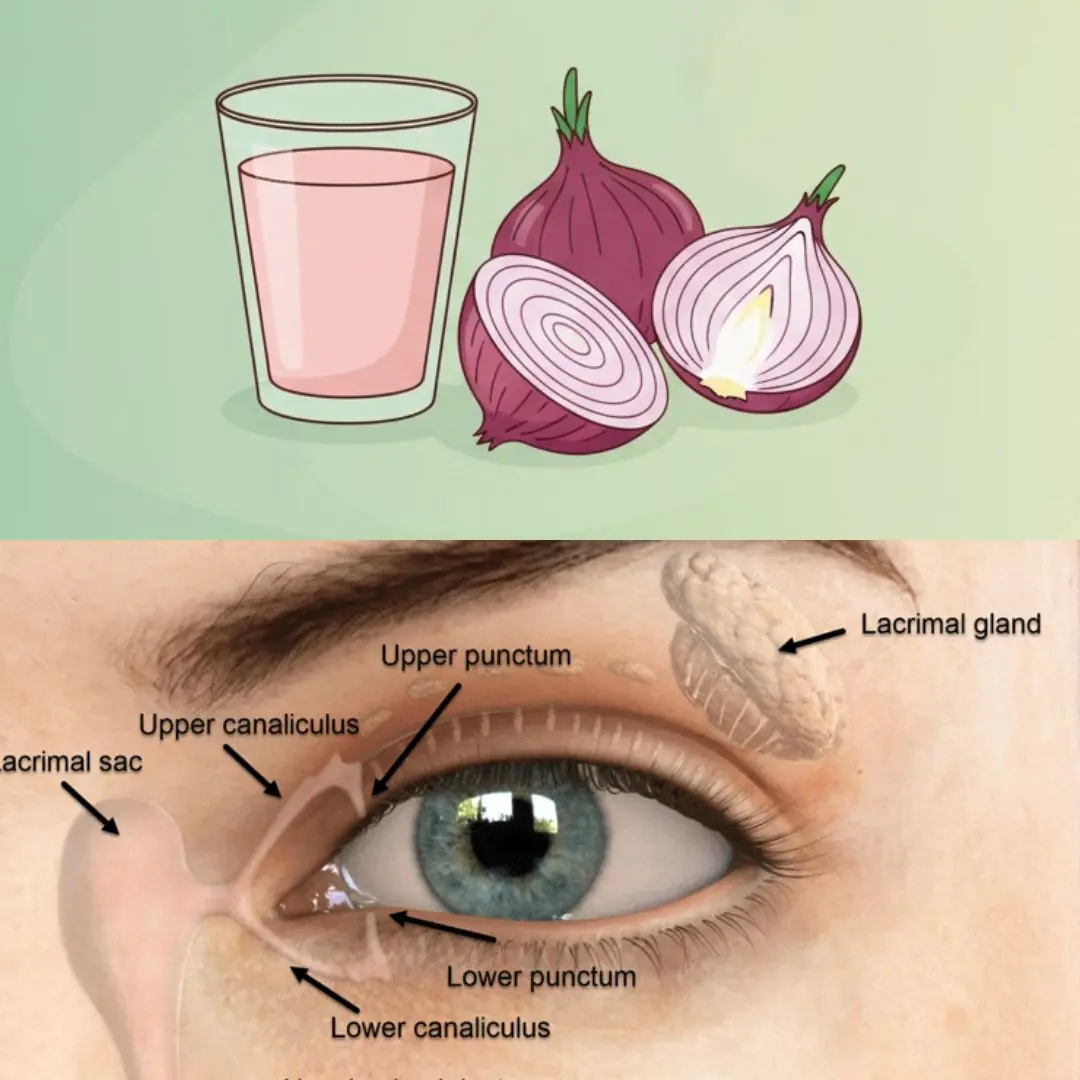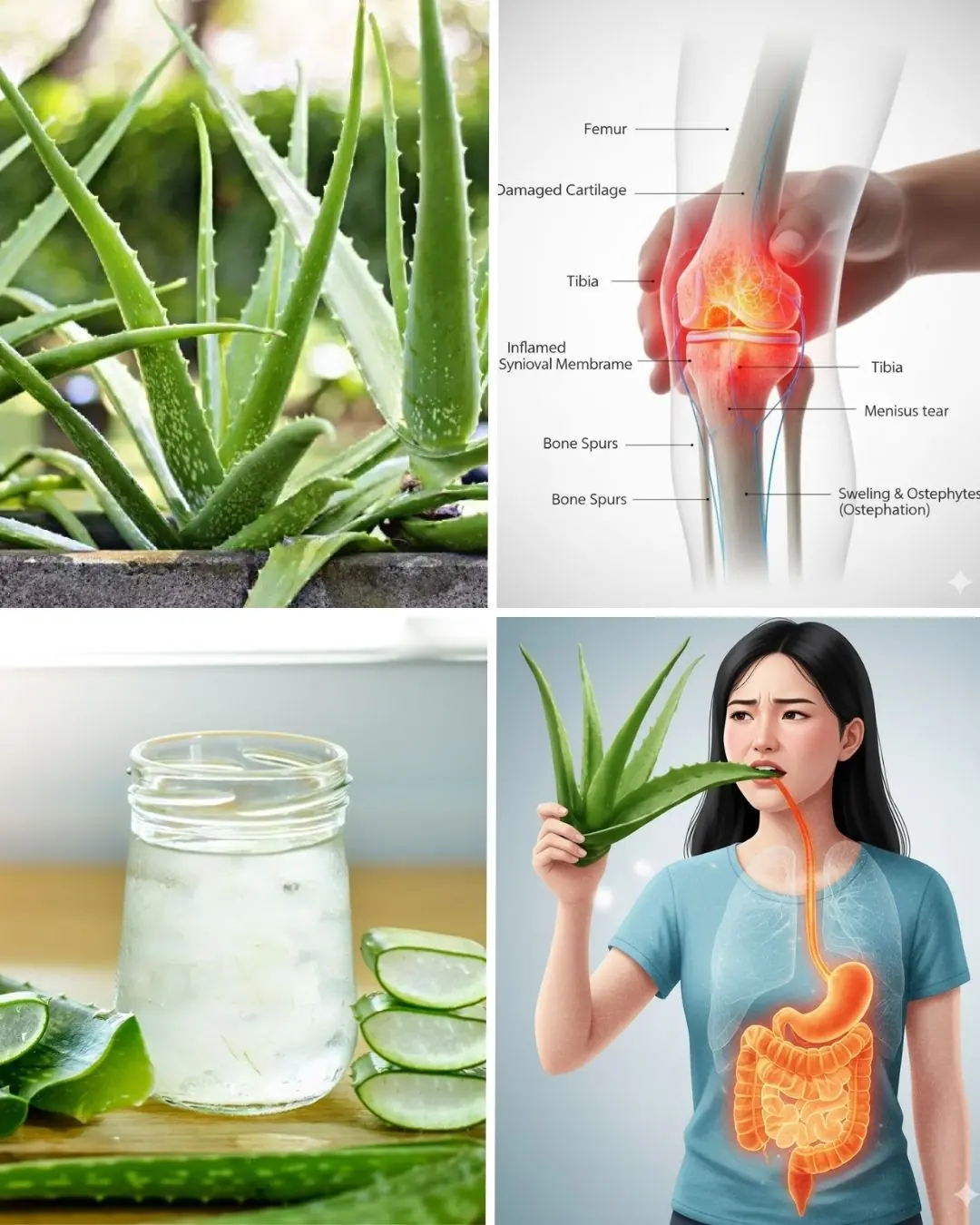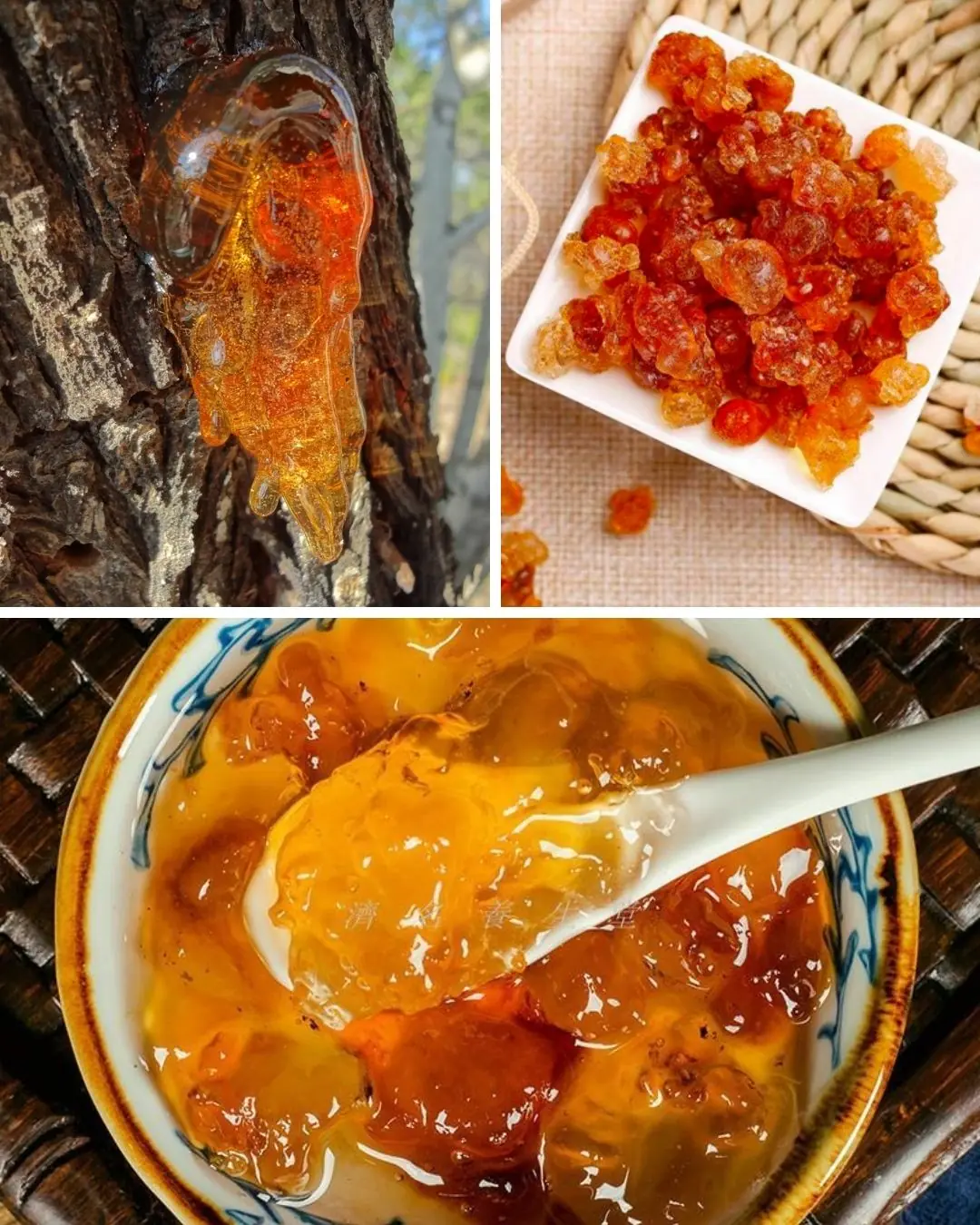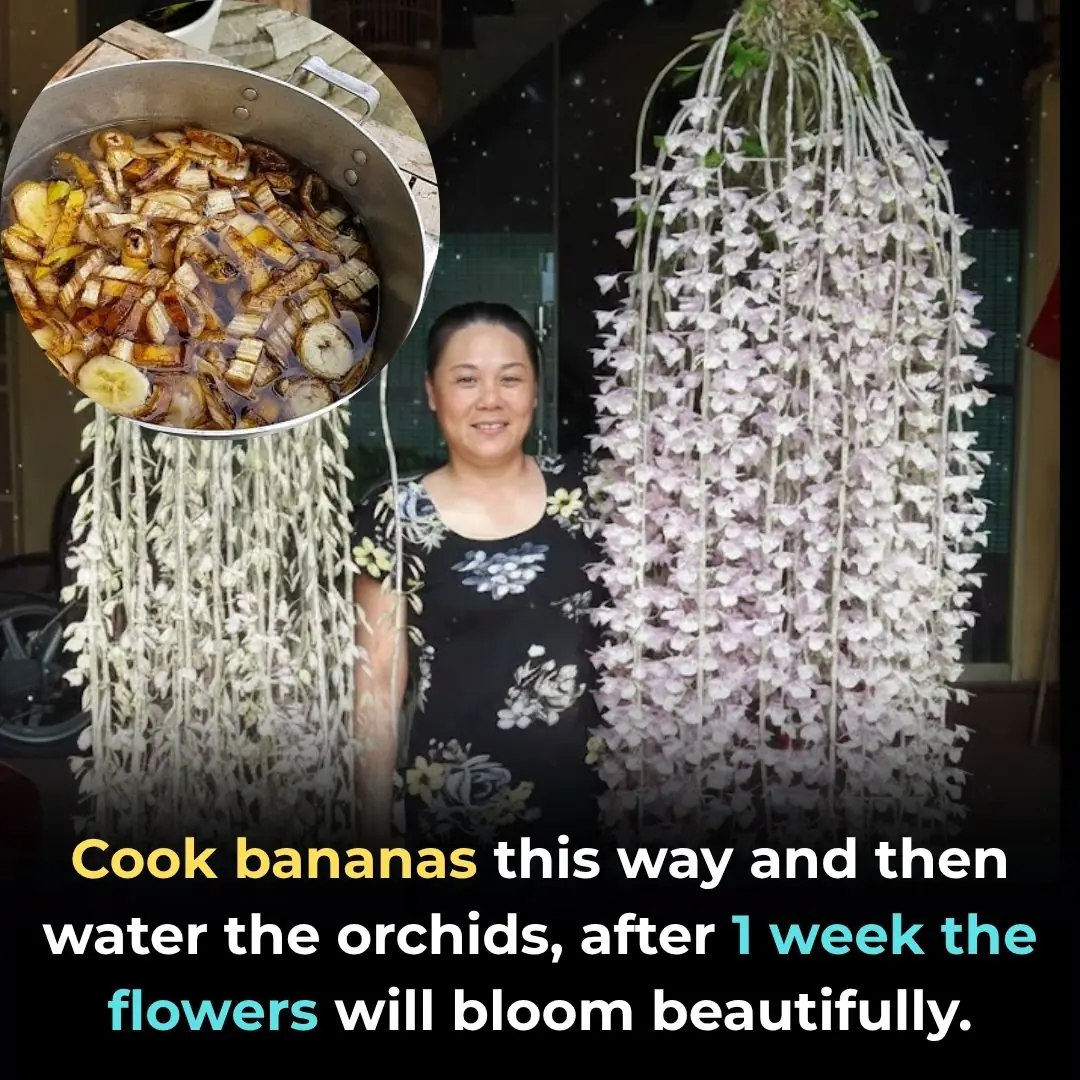Bledo Blanco, also known as Amaranthus albus, white pigweed, or tumbleweed, is a species of the Amaranthaceae family. It is a hardy, fast-growing plant that thrives in various conditions and has been valued in traditional medicine, agriculture, and as a food source.
1. Description of Bledo Blanco
-
Scientific Name: Amaranthus albus
-
Common Names: White pigweed, tumbleweed, bledo blanco (in Spanish-speaking regions).
-
Appearance:
-
It is an annual herbaceous plant with branching stems that grow up to 1 meter tall.
-
The leaves are small, oval-shaped, and green, with a pale underside.
-
Flowers are tiny, greenish-white, and grow in clusters along the stems.
-
-
Native Range: Originally from the Americas, it has spread worldwide and is considered a common weed in many regions.
2. Nutritional Value
Although often seen as a weed, Amaranthus albus has edible leaves and seeds that provide nutritional benefits:
-
Rich in Nutrients: Contains vitamins A, C, and K, as well as minerals like iron, calcium, and potassium.
-
Protein Source: Like other species in the amaranth family, its leaves and seeds are protein-rich, making it a valuable addition to diets in some cultures.
-
Low in Calories: Ideal for health-conscious individuals.
3. Culinary Uses
-
Leaves:
-
Used as a leafy vegetable in soups, stews, or stir-fries.
-
Can be eaten raw in salads or cooked for a milder flavor.
-
-
Seeds:
-
Ground into flour to make bread or porridge.
-
Toasted seeds can be added to dishes for texture and nutrition.
-
4. Medicinal Benefits
In traditional medicine, Bledo Blanco has been used for various therapeutic purposes:
-
Anti-inflammatory Properties: Infusions made from the plant may help reduce inflammation.
-
Digestive Aid: Known to help with digestive issues like constipation or indigestion.
-
Skin Health: Poultices made from the plant are applied to wounds and skin irritations to promote healing.
-
Diuretic: Helps in detoxifying the body and improving kidney function.
-
Rich in Antioxidants: Helps fight oxidative stress and boosts immunity.
5. Agricultural Uses
-
Livestock Feed: The plant is used as fodder for animals, providing them with a nutritious diet.
-
Soil Health: Its rapid growth helps prevent soil erosion and restores fertility by adding organic matter when it decomposes.
-
Weed Control: It can outcompete invasive weeds in some agricultural systems.
6. Environmental Significance
-
Drought-Tolerant Plant: Thrives in arid and semi-arid regions, making it valuable for landscaping and erosion control.
-
Pollinator-Friendly: Its flowers attract pollinators like bees and butterflies, enhancing local biodiversity.
7. Potential Concerns
While Amaranthus albus has many benefits, it also has some drawbacks:
-
Weed Status: In many regions, it is considered an invasive species, as it competes with crops for nutrients and water.
-
Nitrate Accumulation: The plant can accumulate high levels of nitrates under certain conditions, which may be toxic to livestock if consumed in large quantities.
-
Oxalate Content: Contains oxalates, which may pose a risk to individuals prone to kidney stones if consumed in excess.
8. How to Grow Bledo Blanco
-
Soil: Prefers well-drained, sandy, or loamy soil but can grow in a variety of conditions.
-
Sunlight: Thrives in full sun but tolerates partial shade.
-
Watering: Minimal watering is needed, as it is drought-resistant.
-
Propagation: Grown from seeds, which germinate quickly.
9. Cultural Significance
-
Traditional Use: In many Latin American and Indigenous communities, bledo blanco has been valued as a food and medicinal plant for centuries.
-
Spiritual Connection: In some cultures, the plant is used in rituals and ceremonies for its symbolic significance in promoting health and abundance.
Bledo Blanco (Amaranthus albus) is more than just a weed—it is a resilient and versatile plant with significant nutritional, medicinal, and environmental benefits. While it poses challenges as an invasive species in some areas, its potential as a food source, livestock feed, and soil improver makes it a valuable resource, particularly in regions with limited agricultural options.
